Baby rat chinese food
Chinese Three Squeaks Dish: Watch Mice Eaten Alive By Asian Man
(unfortunately, this is the closest I could find to an image of this dish… but this is fairly accurate from what I understand)
“Three Squeaks” is the literal translation from the Chinese name of this dish and hails from a variety parts of China, mainly in the Guangdong (Canton) Provence. The reason why it is called “Three Squeaks” is due to the sounds made when eating this dish. Contrary to some popular belief, this is not an urban legend dish.
The appetizeresque dish are newly born mice (still hairless and barely able to open their eyes). It is typically served with some type of cold soy based sauce. The first squeak is when the mouse/rat is picked up with the chopsticks. The second is when the mouse/rat is dipped into the sauce (temperature change causing the squeak). The third is when the mouse/rat is placed into your mouth (another temperature change).
Typically, they are very newborn and thus the bone structure is still fairly loose. I’ve heard that these have been served wrapped in seaweed before, but that may be more rumored than anything else.
Submitted by ChicagoKid
Update: the following video from Twitter shows a person eating 3 squeaks. The mouse squeaks 3 times:
- once when it is picked up
- once when it is dipped in sauce
- once when it is eaten
Just beyond words repugnant pic.twitter.com/iu8G8rKiX3
— David Vance (@DVATW) January 25, 2020
The reason many people find eating mice alive atrocious is not some form of cultural bigotry, but rather because such exotic dishes can lead to widespread disease pandemics.
- According to the CDC, ebola was likely spread by African fruit bats as the reservoir host.
- SARS originated from bats, civet cats were an intermediate hose, and then the disease spread to humans
- MERS originated from bats, camels were an intermediate host, and then the disease spread to humans
- The Wuhan Coronavirus originated at a Wuhan wet market where people ate bats, snakes & other similar meats: “The virus was detected in 35 of the 585 environmental samples collected on January 1 and January 12, with 33 of the positive samples taken from the market’s western zone, where the wildlife trading business was concentrated.
 ”
” - China banned wild animal trade the Wuhan coronavirus spread into a pandemic. In Wuhan they are going through 100,000 hazmat suits per day trying to contain the outbreak.
If you turn on English subtitles you can see how scary the Wuhan coronavirus is for a person living in the city.
Posted by Brad | in Disgusting Delicasies | 53 Comments »
53 Comments on “Three Squeaks”
Thank you in advance for your feedback!
China's 'Three Squeaks' Live Mice Dish
Claim:
A popular dish in China called "Three Squeaks" involves eating live mice.
Rating:
Legend
About this rating
A video purportedly showing clips of various people eating from plates of live, newborn mice was widely circulated on the internet in October 2016:
https://youtu.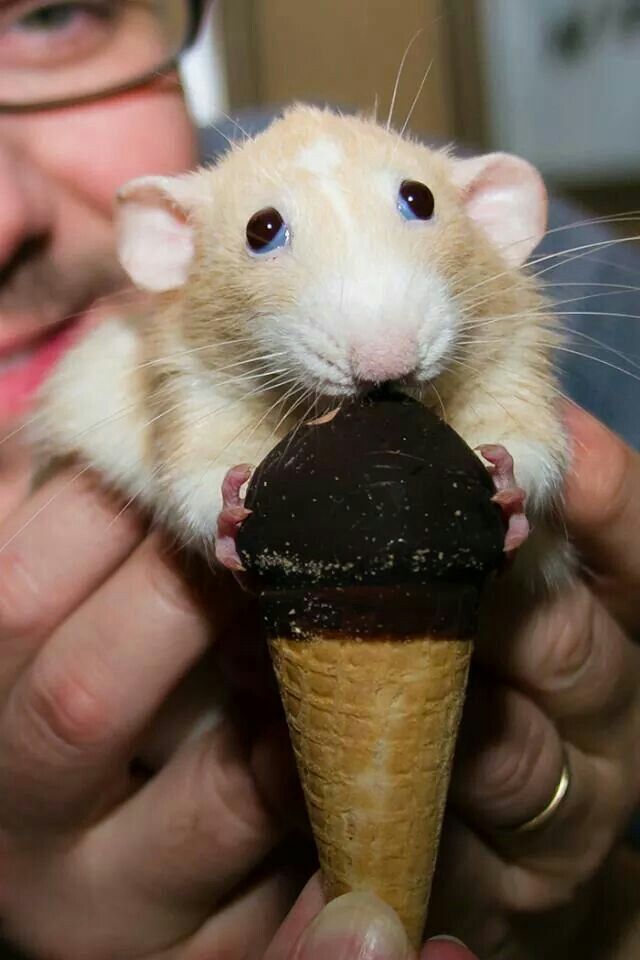 be/XfjatL5iv9Y
be/XfjatL5iv9Y
The three clips featured in the above-displayed video have been circulating on their own for several years, along with the claim that they depict people consuming a popular Chinese dish called "Three Squeaks," supposedly named for the sounds the baby mice make before they are eaten:
This disgustingly weird trend involves eating newborn mice dipped in soy sauce. The dish is called Three Squeaks, which is derived from the sounds the mice made while being eaten. “The first squeak is when the mouse is picked up with the chopsticks. The second is when the mouse is dipped into the sauce. The third is when the mouse is placed into your mouth.”
This disgustingly weird dish is becoming a trend right now in China, especially in Guangdong province. Someone even uploaded a video of him while eating baby mice on the online Chinese video network Miaopai. It has gathered millions of views ever since.
While rumors about "The Three Squeaks" have been circulating for at least a decade, evidence of the actual existence of this bizarre culinary practice is somewhat lacking.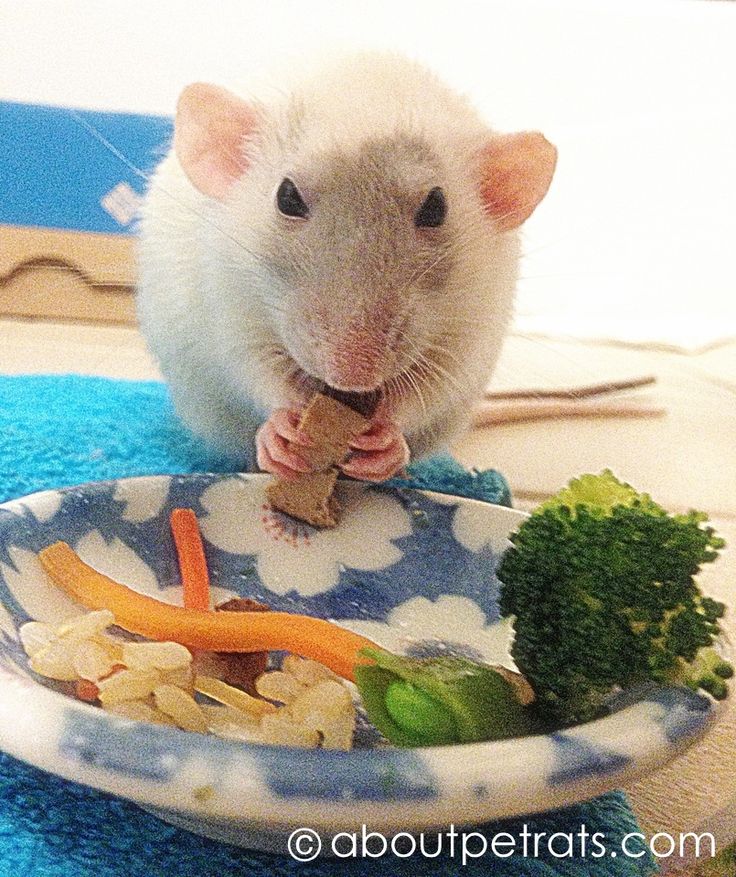
The video shown above, for instance, doesn't capture anyone actually eating the live mice. The animals are shown arrayed on plates, being dipped in soy sauce, and even being placed into a man's mouth, but the clips always abruptly end before showing anyone chewing or swallowing any mice. Other videos purportedly showing diners partaking in "The Three Squeaks" have similarly suspicious qualities.
Many web sites have written about the "Three Squeaks," but these accounts all repeat the same general claims — that the dish received its name due to the noise the mice make when they're eaten, and that this delicacy is allegedly widely available in the Guangdong province — and provide no additional first-hand information.
The closest we came to unearthing a first-hand account of eating the "Three Squeaks" was one posted to the "Straight Dope" message board in 2000. That account provided a skeptical take on what a poster had heard on a talk radio show:
I heard about this one on a talk radio show one time (consider the source).
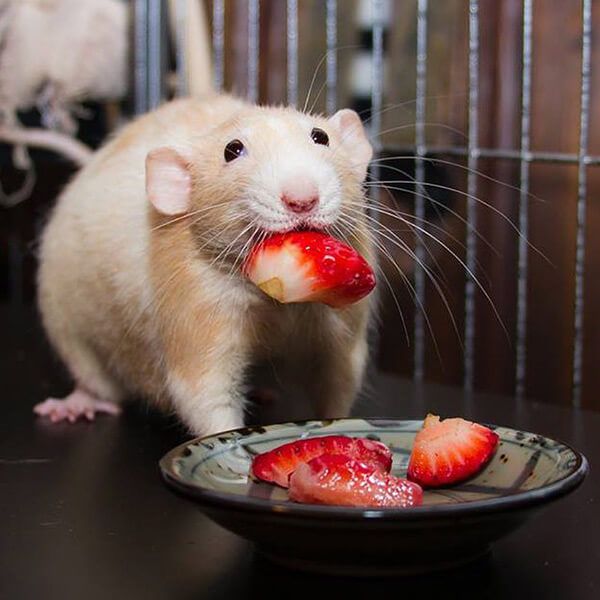
Apparently this young lad (23ish?) sold everything he owned, took a sabbatical from his job at IBM, and decided to spend a year traveling the globe. So the host of the show asked him what the most unique food he sampled on his journey. The lad replied he had a dish in China called “Three Squeaks” (rough translation).
The name doesn’t sound so bad, ‘til you come to understand the meal. According to the story, the chef takes a very pregnant rat, removes the fetuses, and serves the new hatchlings fresh with some type of hot sauce. When you grab one of the squirming babes with your chopsticks, it will squeak. Then you dip the creature in the hot sauce where it again squeaks. And the third squeak occurs when your teeth crunch the still live rat. A delicacy of the worst order.
This is the most God-awful “treat” I have ever heard described. I don’t know if this is on the up-and-up, but it’s a fun story to tell at keg parties & bars. Course it won’t get you many dates; the reaction’s the thing!
There's plenty of anecdotal discussion of "The Three Squeaks," but we haven't been able to find any credible source confirming that this is a common dish in China. Jerry Hopkins wrote about several cultures eating cooked mice and rat in his book Extreme Cuisines, but that work made no mention of a live mice appetizer.
Jerry Hopkins wrote about several cultures eating cooked mice and rat in his book Extreme Cuisines, but that work made no mention of a live mice appetizer.
While it's certainly possible that some Chinese diners have eaten live mice at some point, we found no evidence "The Three Squeaks" is either a common Chinese dish or a "new trend" in Eastern cuisine. One definitely fictional scenario involving the eating of live rodents was described by Dean Koontz in his 2004 novel Frankenstein: The Prodigal Son:
Victor removed the lid from the silver server. The dish had been lined with cabbage leaves briefly steamed to wilt them and make them pliable.
This rare delicacy did not appear on the menu. It was not available at all times or on short notice.
In any event, Lee Ling would prepare it only for that one-in-a-thousand customer whom he'd known for years, whom he trusted, whom he knew to be a true gourmet. The customer must also be one so familiar with regional Chinese cuisine that he knew to request this very item.
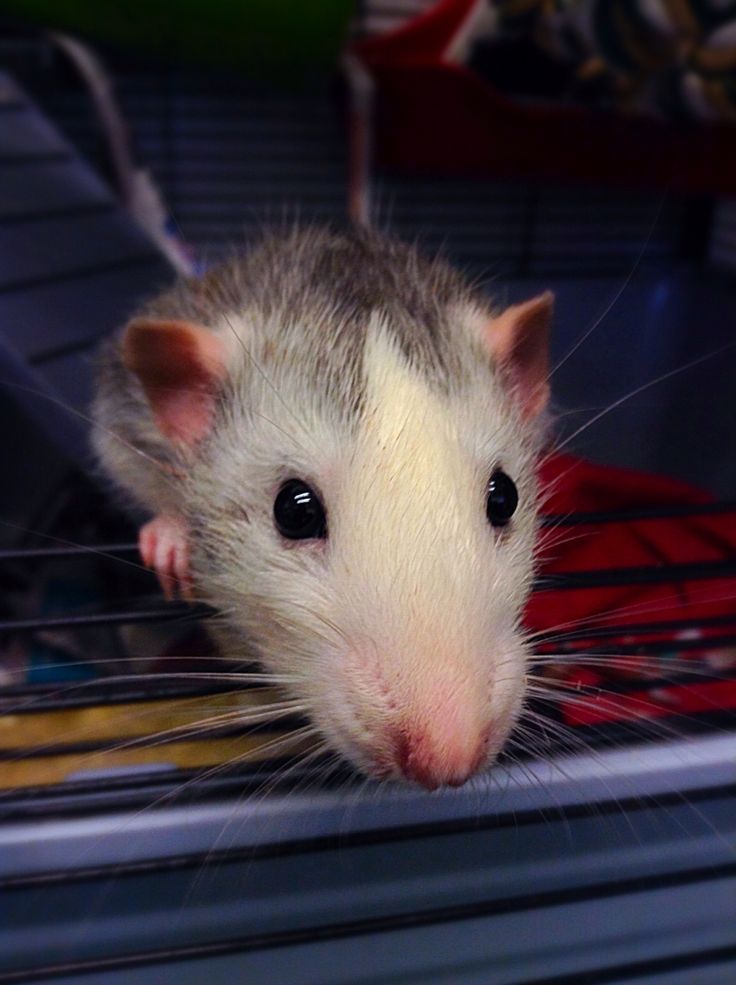
In the dish, nestled in the cabbage, squirmed a double litter of live baby rats, so recently born that they were still pink, hairless, and blind.
Chinese cuisine - great and terrible | 63.ru
All newsResidents of the Samara region warned about dangerous weather
He lost the trial to his wife and began to persecute her: everything that is known about the man who shot in Krymsk
A man opened fire on the street in Krymsk - four people were killed. Online
"The boss can really be a jerk." HR - about when you can lie at an interview
A man opened fire in Krymsk. There are 9 dead0003
Teachers without a criminal record were admitted to the educational center of Samara
They stopped selling alcohol in the Samara Metro hypermarkets region buried a member of CBO
“She needed a family, but I only needed sex.” Why a “kind and good” father of two killed his 21-year-old mistress0003
A new roundabout will be built near the M-5 highway near Samara
“It was hard for me in Russia”: the story of a Samaran who repatriated to Israel
Samara mobilized showed how to identify the living on the battlefield
The cost of the second stage of the park reconstruction was announced "Molodezhny"
The remaining 2 high-speed vessels delivered to Samara "Valdai"
The Russians will be forced to spend more money. Are savings confiscated? Expert opinions
Are savings confiscated? Expert opinions
Samara budget parameters for 2023 announced
Electricity is free: Samara residents will receive thousands of kilowatt-hours for participating in the Energy as a Gift campaign
The State Duma adopted a law banning LGBT propaganda. This is what they will be punished for now
From the Samara region it was proposed to supply ammonia to Odessa again
The tariffs for housing and communal services will not be increased in the Samara region in 2023
The Samara mobilized went to the NWO
MTS switches to its own technological platform The Platform
OMON raided the clothing market in Samara
Named the reason for the increase in gas prices in the Samara region
Repulsed her husband from mobilization: a student was called to serve in the Samara region it is
Direct flights to Thailand have appeared in the Kurumoch airport schedule
The Botanical Garden will be closed in Samara
“The hostess checked if I was sleeping alone”: 11 nightmare stories about renting an apartment and one more — she will restore faith in people
Badge from the commander: the governor of the Samara region was awarded a medal
The wife of a conscript who is pregnant with the third is trying to return her husband from the SVO: she is crying from the sound of shots in the tube and lives on credit
In Tolyatti, they are looking for specialists for a new plant for the production of vegetable oils
get money if the bank refuses a loan: there is an alternative solution0003
Football in the fog: Krylya Sovetov beat Spartak Moscow
Russia and Ukraine exchanged prisoners: news around SVO for November 23
All news
Share
“Tomatoes are washed, cut out the stalks and stored in a cold place.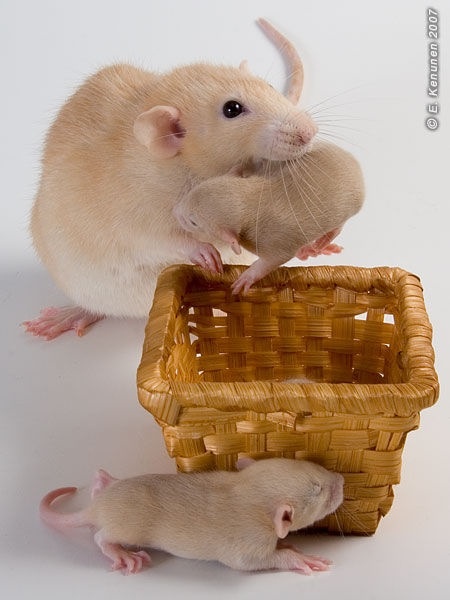 Then cut into circles 3 mm thick, put in a slide and sprinkle with powdered sugar. Simple dish, right? Meanwhile, once it was included in the menu of Chinese emperors!
Then cut into circles 3 mm thick, put in a slide and sprinkle with powdered sugar. Simple dish, right? Meanwhile, once it was included in the menu of Chinese emperors!
In those days, sugar was a rare and expensive product. And it seemed to the Chinese nobleman the same exotic product as to the modern European - soup from the swallow's nest, a dish of shark fins or a salad of dried chrysanthemum leaves.
We will touch on the very, very exotic dishes of the "great and terrible" Chinese imperial cuisine. We warn you right away: people with a delicate nervous system are not recommended to read this material! However, first let's find out: what is it - Chinese cuisine?
as bequeathed Great Confucius ...
Share
in ancient times (probably, and now!) there was more than food. Therefore, Chinese cuisine is omnivorous. In China, they eat everything that runs, flies, crawls and swims.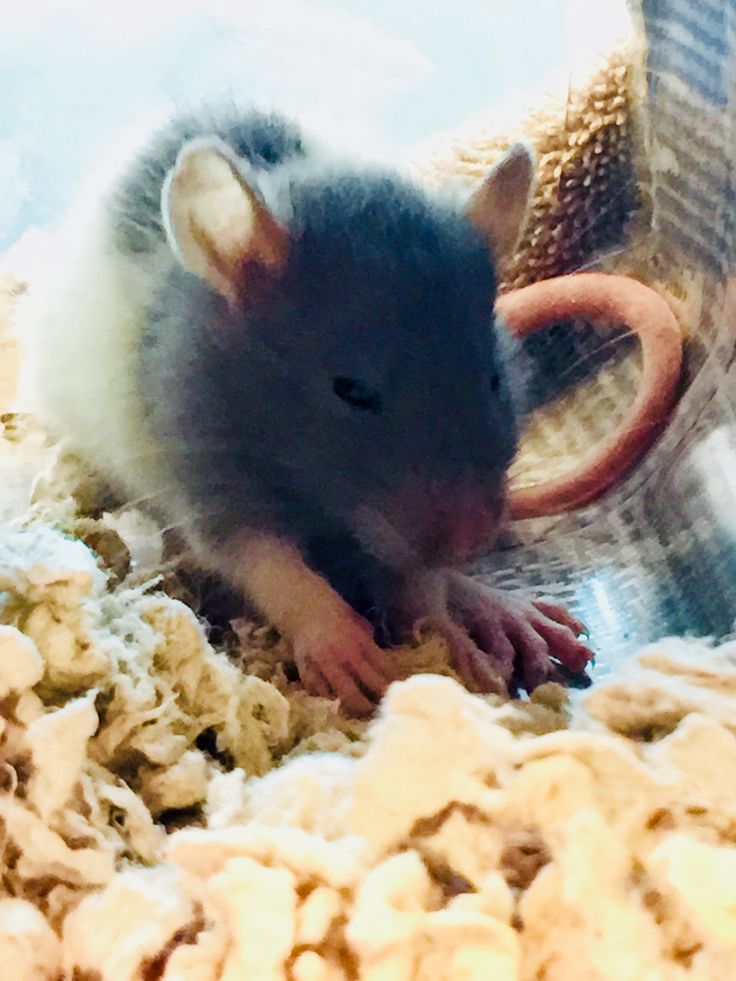 "There is no bad food - there are bad cooks!" - this is one of the many commandments of Chinese masters of stoves. In their opinion, each dish should have three important characteristics: color or appearance (se), aroma (xiang) and taste (wei). For a Chinese culinary specialist, a dish prepared by him is not just a means of satisfying hunger, but also a work of art.
"There is no bad food - there are bad cooks!" - this is one of the many commandments of Chinese masters of stoves. In their opinion, each dish should have three important characteristics: color or appearance (se), aroma (xiang) and taste (wei). For a Chinese culinary specialist, a dish prepared by him is not just a means of satisfying hunger, but also a work of art.
To make the dish aesthetically expressive, a combination of meat and vegetables in contrasting colors is usually taken. The dish should consist of small pieces so that during the meal no additional effort is required to cut the finished dish on a plate. Products must be properly cut and properly fried. According to the rules of Chinese cuisine, the components for the same dish are prepared separately, in a certain temperature regime. By the way, Confucius himself wrote about the role of temperature during cooking, who emphasized that “... if the product is cooked nine times, then each time its taste and structure will be different. This must always be remembered: the dish should be cooked exactly as much time as it takes in order to reveal all its taste qualities.
This must always be remembered: the dish should be cooked exactly as much time as it takes in order to reveal all its taste qualities.
The seeming incompatibility of ingredients, tastes and aromas is another feature of Chinese cuisine: "fish flavored pork", "fruit flavored beef", sweet and sour cucumbers... Properly cooked fish cannot taste like fish, according to Chinese chefs, because otherwise it is not clear: why did they do something with it? “Chicken Stuffed Melon” is prepared in such a way that the chicken tastes like melon and the melon tastes like chicken.
The most amazing feature of Chinese cuisine is its amazing estate. For thousands of years, people did not even know about the existence of many products that are common on the table of the nobility. Tangerines of the 2nd degree, in turn, did not dare to try certain dishes intended for the emperor's table (for example, "golden tea"). What kind of dishes are these? Let's move on to the most interesting.
"Three squeaks rats"
The Chinese monarchs took their meals with extraordinary solemnity. Serving dishes, serving, clothes of servants and even music - all this was brought to a single regulation. A whole army of cooks and auxiliary workers worked in the kitchen. The emperors of the Han Dynasty (about 210 BC) were served by about 4,000 people - 162 cooks, 342 fish specialists, 335 vegetable specialists, 62 salt (!), 110 connoisseurs of strong drinks and so on. 50-100 different dishes were served at the table, among which were such as the heart of a crocodile, liver of a leopard, bear paws.
Serving dishes, serving, clothes of servants and even music - all this was brought to a single regulation. A whole army of cooks and auxiliary workers worked in the kitchen. The emperors of the Han Dynasty (about 210 BC) were served by about 4,000 people - 162 cooks, 342 fish specialists, 335 vegetable specialists, 62 salt (!), 110 connoisseurs of strong drinks and so on. 50-100 different dishes were served at the table, among which were such as the heart of a crocodile, liver of a leopard, bear paws.
Feel sorry for the animals? - It's a pity. Although the crocodile, to be honest, not very much. All these dishes, in our opinion, do not look as exotic as a certain culinary delight called “Dragon, Tiger and Phoenix”. And they prepared it from a snake, a cat and a chicken. So that in the restless March days, cats would not run on dates, but would gain fat, the poor murkas had their hind legs removed ahead of time. The chef's cats were baked with chicken meat and stuffed with a snake. This dish was served with the famous "blue wine", which was made on the basis of snake bile. (How can you not drink after such a dish!).
This dish was served with the famous "blue wine", which was made on the basis of snake bile. (How can you not drink after such a dish!).
And now, our dear readers, get some validol. We will talk about a dish that inspired the work of great Chinese poets. It's called "Three Squeaks of a Rat". This dish requires nothing at all - some kind of sauce and ... a pregnant rat. It is believed that the first squeak is heard when an embryo is placed on a plate with chopsticks, the second - when the embryo is dipped into the sauce, the third - when they begin to chew it. I don't know if a rat fetus can squeak, but it's written in ancient sources. I think there were no problems with rats in China, but this dish was served at the imperial table on especially solemn occasions. It was easy for Chinese chefs to prove that “second freshness” fish does not exist on their menu. Here, for example, is the dish “Live carp from the lake”. The carp is really alive. When cutting the fish, the central nerve is removed, so when it is cleaned and gutted in front of the client, it still moves.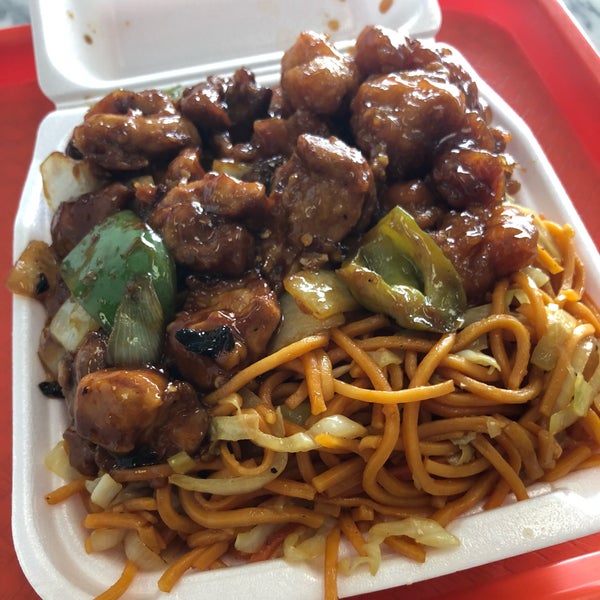 Then the fish's head is wrapped in a napkin so as not to burn the cook's hands, and dipped in boiling oil. When a carp is served on the table, it opens its mouth and moves its gills!
Then the fish's head is wrapped in a napkin so as not to burn the cook's hands, and dipped in boiling oil. When a carp is served on the table, it opens its mouth and moves its gills!
Share
Drunk brains
I think that cruelty should not be considered a truly national Chinese trait. It also manifested itself among other peoples and in later times. For example, at the English court for laughter (!) They kept freaks who were mutilated in childhood by professional executioners - comprachikos (I advise you to read Hugo's novel "The Man Who Laughs"). As a child, the Spanish King Philip played the organ in which the little animals were sitting: the prince pressed the keys, the carnations pricked the animals, and they yelled in different voices - such music turned out! Tsar Ivan Vasilyevich, nicknamed the Terrible, for fun, took his son to watch how bears fought innocent people - there were such times! However, times change, but people do not. In the East, they still use such a Chinese dish as the brain of a drunken monkey. The poor monkey is drunk with selected cognac for several days, but then the buzz for her ends: the live monkey is burned with a tongue (so as not to scream!), They clamp their head in a vise, open the skull and eat the brain.
The poor monkey is drunk with selected cognac for several days, but then the buzz for her ends: the live monkey is burned with a tongue (so as not to scream!), They clamp their head in a vise, open the skull and eat the brain.
And how do you like this dish: in front of the client, they open the insides of a snake, take out the heart and offer to swallow it alive! The heart of a snake is unusually tenacious, it can beat for up to two hours. You swallow it and you feel how it pulsates in the stomach ... Horror? Then, if you are going to China, we advise you to try something more familiar. For example, the dish "Beggar Chicken". The chicken is stuffed with mushrooms, rice, herbs, wrapped in a lotus leaf, covered with clay and baked over an open fire. The cook brought the dish along with a wooden mallet - the client himself breaks this clay "nut", which begins to exude an amazing aroma.
Peking Duck is already a legendary dish. It must be ordered in advance - at least 10 hours in advance. It will take a long time to eat a duck - you will be served separately tongue, paws, heart, liver - about 80 dishes in total. But the impression is awesome! In order to appreciate the skill of Chinese chefs, it is not necessary to try dishes of the imperial cuisine...
It will take a long time to eat a duck - you will be served separately tongue, paws, heart, liver - about 80 dishes in total. But the impression is awesome! In order to appreciate the skill of Chinese chefs, it is not necessary to try dishes of the imperial cuisine...
Photo: Stills from the film "Indiana Jones and the Temple of Doom" on the photo
Sergey Smirnov
Journalist
Chinese food
- LIKE0
- LAUGH0
- SURPRISE0
- ANGER0
- SAD0
See the typo? Select a fragment and press Ctrl+Enter
COMMENTS16
Read all comments
What can I do if I log in?
COMMENT RULES
0 / 1400This site is protected by reCAPTCHA and Google. The Privacy Policy and Terms of Use apply.
Media News2
Media News2
China: Rat Meat and Food Safety
Subscribe to our 'Context' newsletter to help you understand what's going on.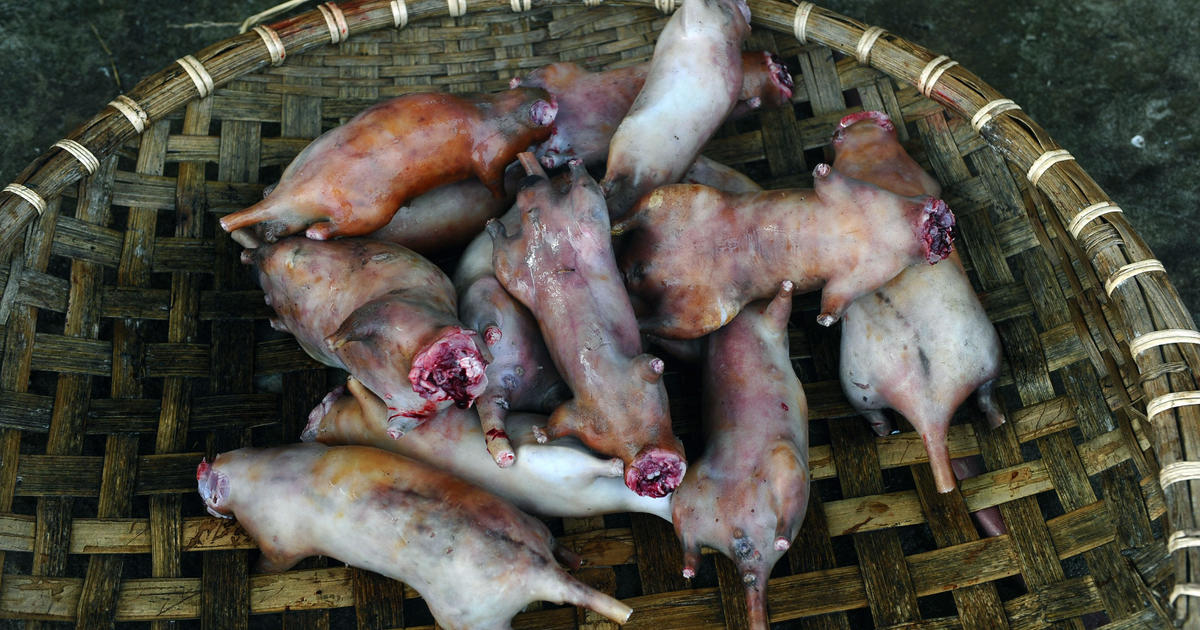
The Chinese now consume much more food than ever before
In light of the recent scandal in China, when rat meat was passed off as lamb in isolated cases, it was decided to revise food safety regulations .
It seems that not a day goes by in China without news of yet another food safety scandal.
But the last case, even by Chinese standards, is highly disgusting.
Hundreds of people have been arrested for selling fake meat.
And it's probably no coincidence that this scandal has spawned so many rodent-related stories.
Rats on the menu are not from the sewer
I was told a funny story about a restaurant in southern China that had rat meat on the menu. Believe me, such institutions exist. In this particular restaurant, the owners reassured diners with assurances that their rats were caught in the wild and not in the city's sewers.
I don't know if this is true or not, but this story shows that people are concerned about the safety of the foods they eat.
When you eat at some cheap canteen or roadside diner, for example, you always get the feeling that perhaps they were not serving exactly what was ordered.
My wife recently dined at a restaurant and found a stone in her soup and brush bristles in the second dish. When I asked why she didn't complain, the wife said she didn't want to ruin her friends' appetites.
The irony is that the Chinese now consume much more food than ever before, but the quality of the food is not getting any better.
The problem of obesity, which was previously extremely rare in China, is becoming more and more acute.
Migration to the cities
Image caption,People in China are concerned about the safety of the food they eat
The country has experienced the largest migration in history, with millions of rural residents moving to cities to meet the needs of the country's economic growth.
The journey from farms to factories over the past few decades has led to a boom in catering establishments for city dwellers.
But the food industry here is replete with vices, and often functions with obvious violations of the law.
Farmers use massive quantities of pesticides, steroids are injected into cows, and local corrupt officials, having received a bribe, issue fake certificates for food products of dubious quality.
It is not surprising that all this worries people.
Working as a farmer
One of the weekends I joined a group of townspeople working as farmers.
Consultants, teachers and programmers work with shovels and have time to look at the screen of their smartphones on a farm in the suburbs of the capital.
They say that the point of their exercise on the day off is to provide themselves with quality products.
But for most city dwellers, a return to the earth is not something feasible. So China's middle class, along with many foreigners living there, buy meat from Australia and milk from New Zealand.
So China's middle class, along with many foreigners living there, buy meat from Australia and milk from New Zealand.
Because of the distrust that exists, wealthy people are ready to overpay to acquire well-known brands.
Formula Milk Scandal
But most of the outrage is the case of infant formula. In 2008, a huge scandal erupted in the country.
Image caption,China is reviewing food safety regulations
Hundreds of thousands of children have fallen ill after eating contaminated formula. Some of them died.
The authorities initially tried to hush up the scandal, not wanting the news to become public before the start of the Beijing Olympics.
This decision caused anger. Because, in the end, everything rested on trust: if the authorities are not ready to protect their children, then whom will they protect?
After that, the authorities promised to introduce more serious measures to ensure food safety.









